Background
In the last article we looked at ways to conceptually break down a variety of field shooting skills into categories you can measure and work on. Now I want to focus a little closer on the training concept; ie we have identified areas of weakness, let’s try to develop them on our own. Training for Field Shooting competitions requires a comprehensive approach that combines marksmanship, Terrain considerations, and equipment skills. So, here are some ideas that can be used to develop a training plan or system with the intention of shaking up your routine and adding some new layers to your training and performance.
Marksmanship Skills:
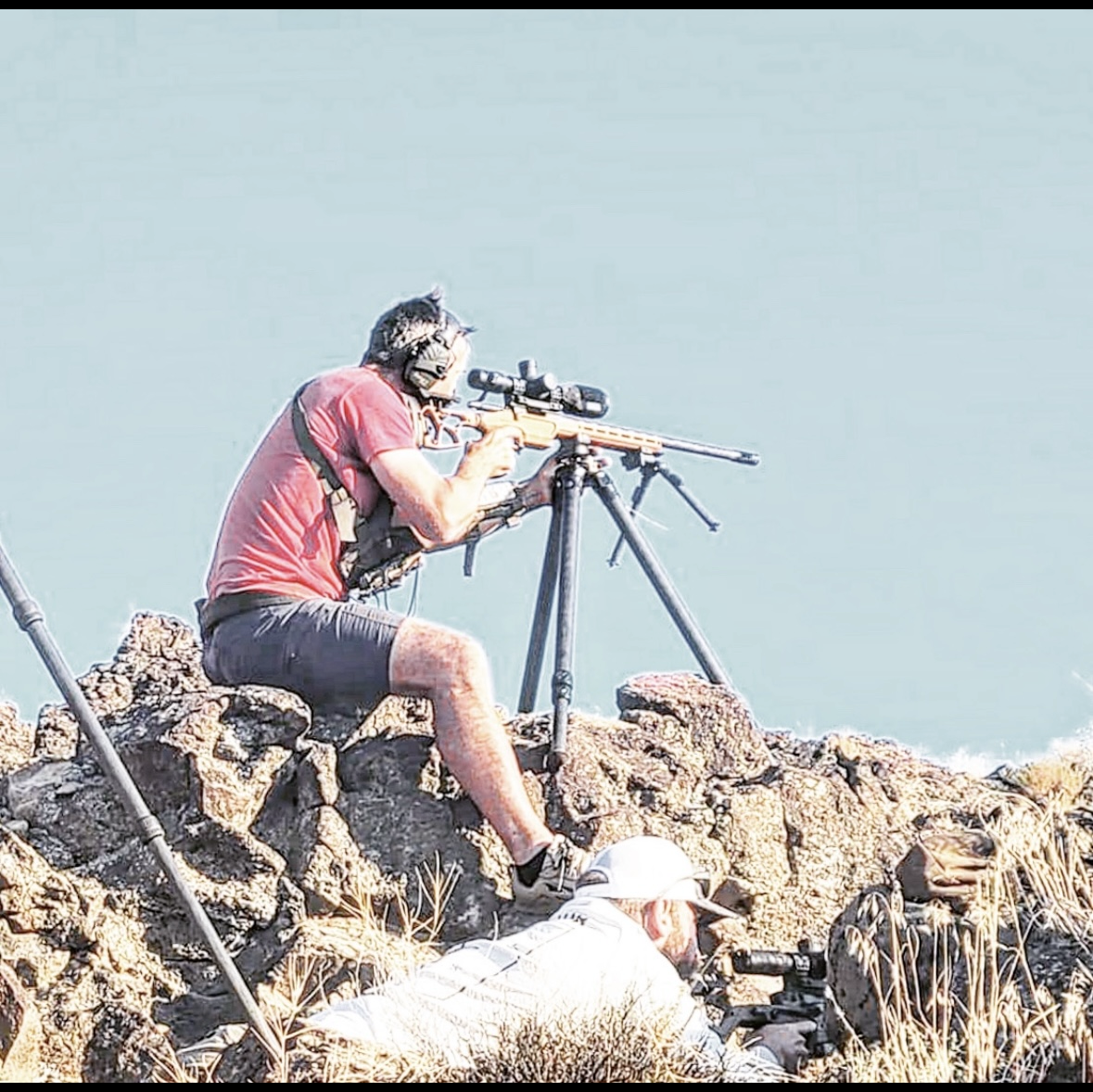
Adaptable Precision:
A hallmark of field shooting competitions is that there is no inspecting or prior knowledge to the stages. Because you cant see the positions, targets, or stage criteria you have to be able to adjust on the fly. The pest way to adjust on the fly is to have techniques and tools at your disposal that allow you to pull from experience training and competing to solve these problems quickly and efficiently because the clock is always ticking down.
- Training Steps:
- Engage in scenario-based training that simulates match conditions.
- Practice shooting from a variety of self-deployed positions, including prone, kneeling, and standing.
- Integrate movement into shooting drills to simulate transitions between shooting positions that might require positional adjustments of tripod or other gear.
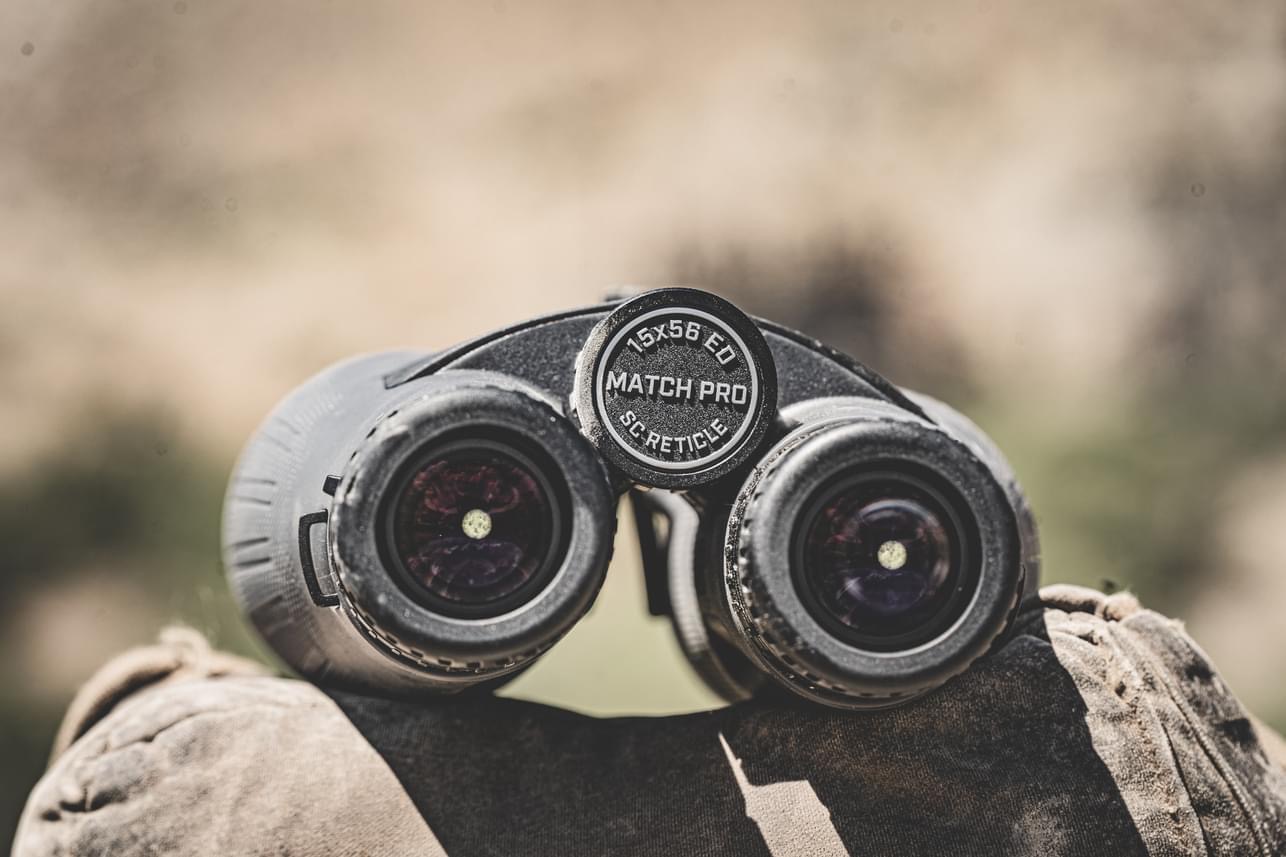
Quick Target Indexing:
Another element in field competitions that often gets competitors is transitioning from glass to rifle scope and maintaining awareness of where the targets you just saw are at in a new optical device. It seems simple but training ways to remember will save you a lot of points trust me.
- Training Steps:
- Use small hard to see by eye targets to practice target identification and location indexing.
- Incorporate timed drills that simulate time constraints during a match so that you know your priorities of work. There is more time but that does not mean that you will have time to waste.
- Develop the ability to re acquire targets with rifle from however you spotted and ranged them swiftly while maintaining accuracy.
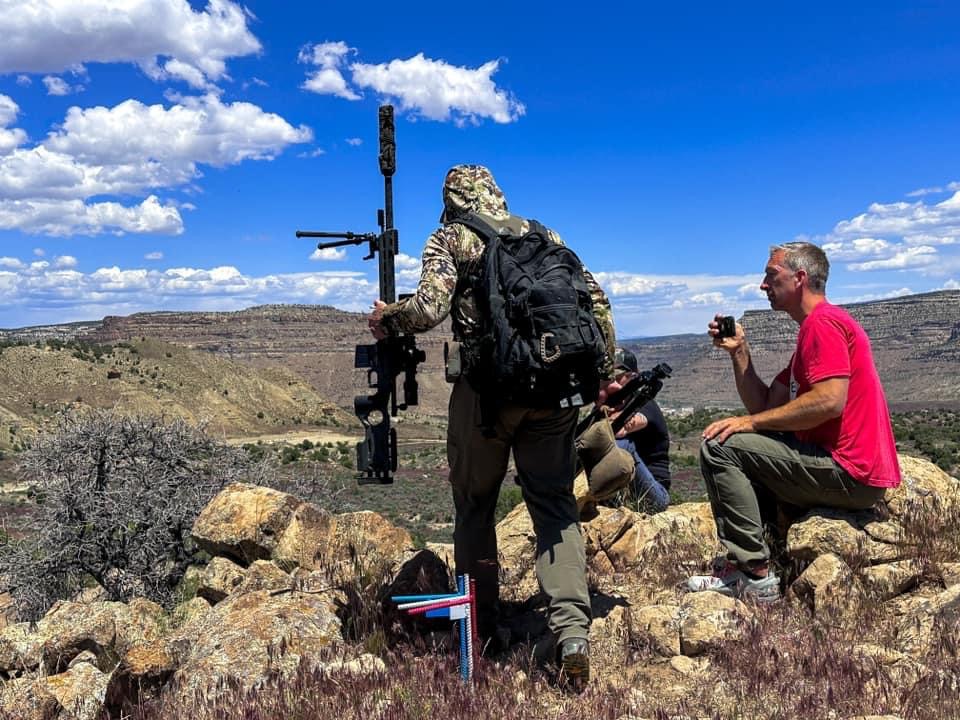
Effective simulation:
No matter how your paper and data is, the dynamic element can cause a lot of lost time and that ultimately leads to more stress. If you simulate scenarios ahead of time you might identify things you can work on so that they don’t make their appearance at the match.
- Training Steps:
- Focus on the ability to effectively manage dope and wind for unknown distance targetry.
- Practice on animal shaped targets or targets that are slightly wider than they are tall to simulate scenarios like those found in these matches.
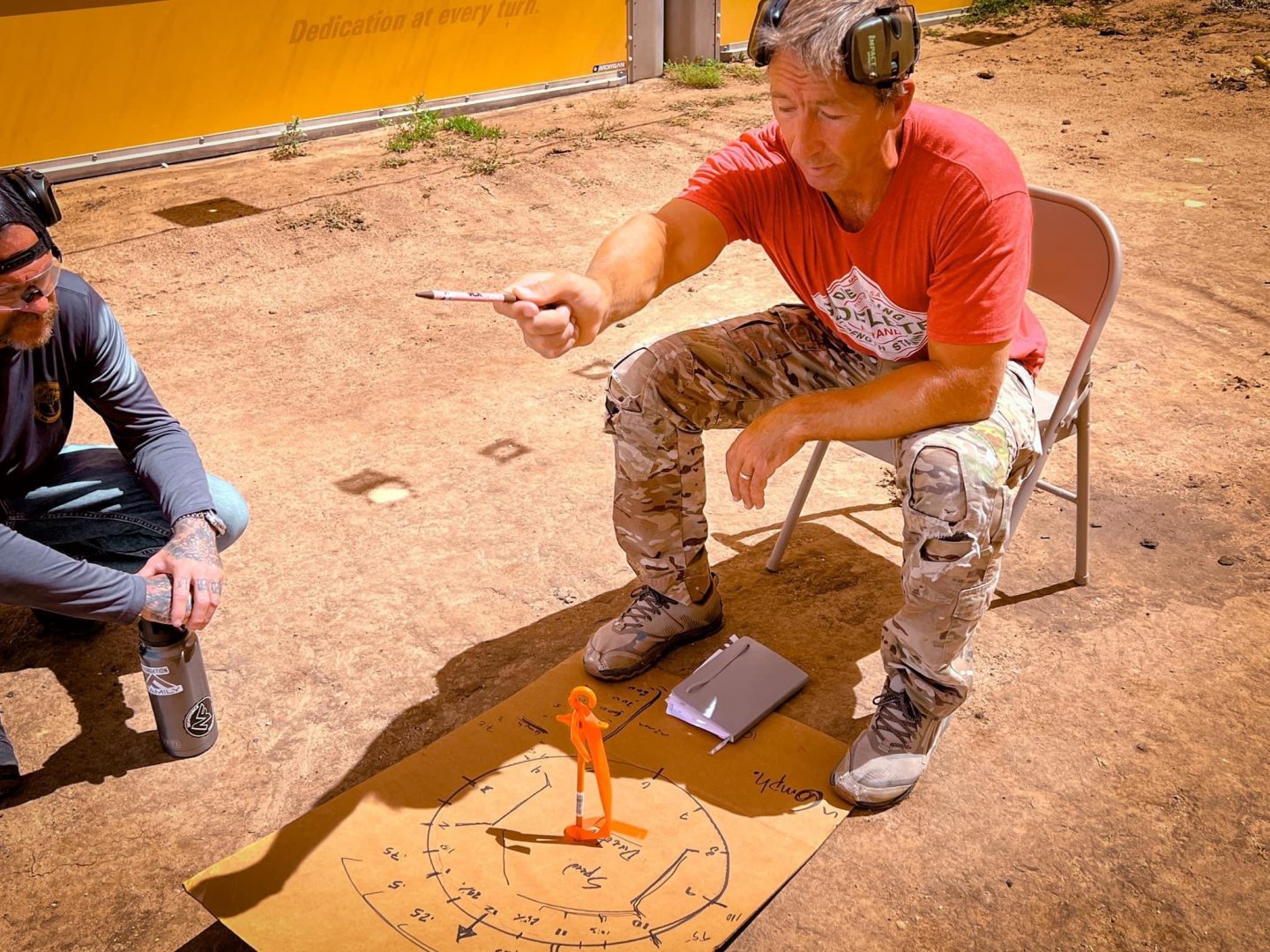
Wind Reading and implementation:
Wind is always the wild card. The better your wind reading is the higher your hit percentage is going to likely be. This is a lifelong art but it starts with these components and is worth investing time regularly to continue expanding on.
- Training Steps:
- Incorporate wind adjustments into shooting drills at varying distances.
- Develop an understanding of wind effects on bullet as you change angles between targets.
- Be able to convert mph of wind to effective mph on your round for various distances.
- Familiarize yourself with ways to better determine windspeed and direction.
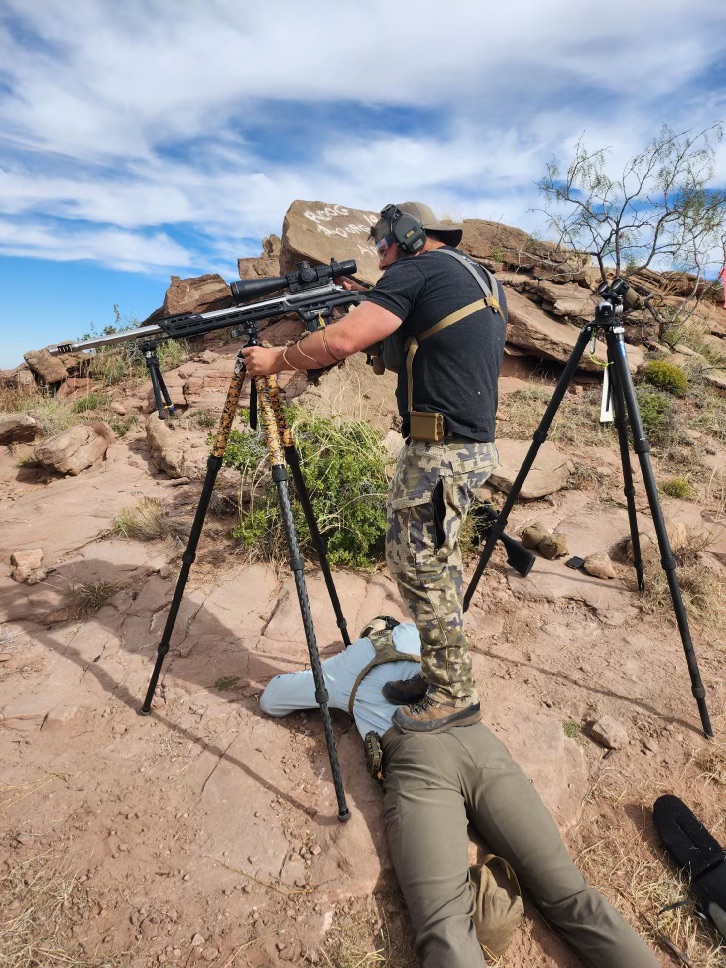
Understanding diverse Field Conditions:
The earth isn’t flat. When you step off of a flat range your ideal tripod, bipod, and other setting won’t fit or work. Get ahead of this realization by making the ground uneven and know what, when, where, how of diverse terrain features on your rifle and equipment.
- Training Steps:
- Practice shooting in diverse terrain and Density Altitudes to simulate travelling to a new area to compete.
- Familiarize yourself with how to use ballistic calculators and apps to understand and apply ballistics data from your home range to a range that might have different variables at play.
- Know how to adjust for changes in shooting angles and terrain features.
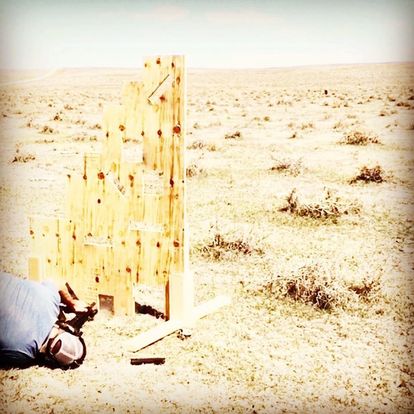
Kinesthetic awareness:
In implementation we must be able to handle and move ourselves and our equipment around. Just like watching anyone do something new for the first time, your awkwardness clumsiness, and mistake prone self will improve the more time you invest in manipulating your gear and body in the right way. Get after it.
- Training Steps:
- Practice getting into shooting positions quickly and efficiently.
- Simulate scenarios where changing positions to see target is required before taking a shot.
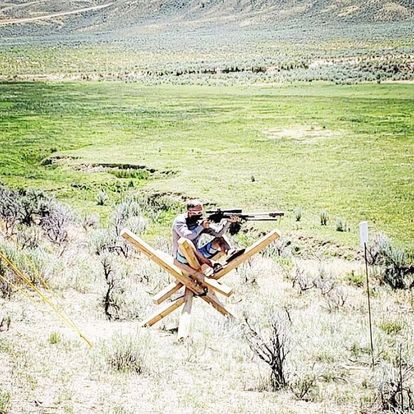
Adaptability to Unpredictable Stages:
Youre going to walk into a scenario you have never seen before. The best way to see what you need to see is to be open to anything. Humans are good at looking for things, but if you look too hard for something you think youre going to find vs whats presented, you are likely to be less successful in the long run because match directors are clever.
- Training Steps:
- Create dynamic and unpredictable shooting scenarios during training.
- Integrate decision-making drills that require quick adjustments to unexpected challenges.
- Simulate scenarios where shooters must adapt to changing circumstances.
Equipment Skills:
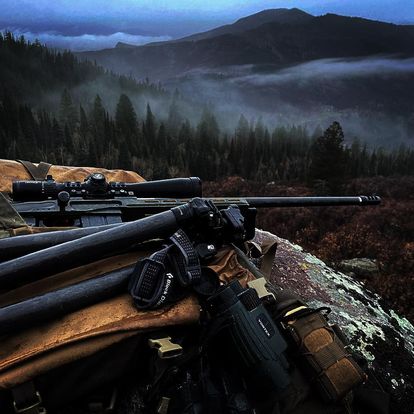
Essential gear Familiarity:
Gear manipulation should be automatic. Automatic use requires efficient time on task doing whats required precisely and efficiently; that takes reps.
- Training Steps:
- Regularly handle and test yourself with the rifle and optics in new ways.
- Practice making quick adjustments to the scope, bipod, and other adjustable components randomly on training stages.
- Familiarize yourself with how you can utilize your reticle in as many ways as possible. Challenge yourself to discover new tricks and implementations of parts you might have overlooked up to here.
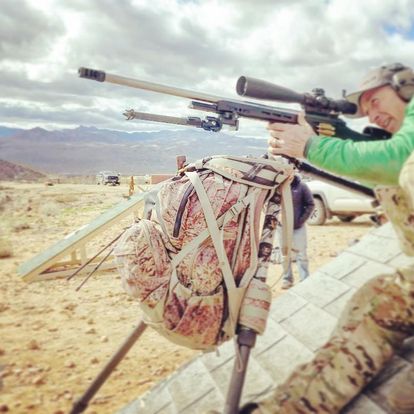
Supportive Gear Deployment and familiarity:
Nothing slows you down like messing with bags, bipods, and tripods.
- Training Steps:
- Practice deploying and using bags, bipods, and tripods in various heights as well as uneven terrain scenarios as you can.
- Incorporate supportive gear into al of your shooting drills to enhance stability as well as deployability.
- Optimize the use of gear by challenging yourself to use less and gain similar stability as more.
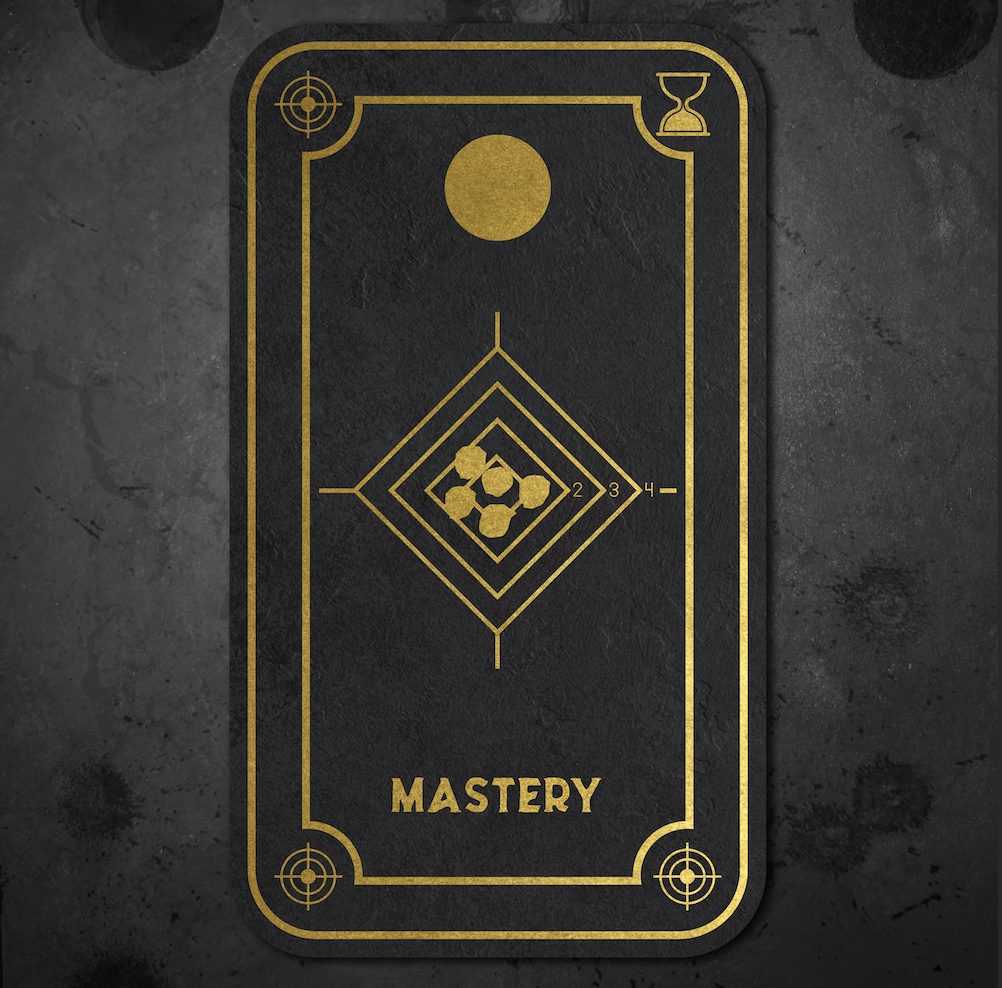
Switching Shooting Positions and sequences regularly:
Transitions between shooting positions can really cause a mess if you haven’t practiced them with the notion of being on a clock. Any stage can have any combination of position transitions. If you don’t practice those combinations your body wont know how to be smooth. So, don’t get comfortable doing the same sequence over and over, mix it up. Youll be glad you mixed it up when you find yourself asked to make a lot of transitions in a short period of time. I wish I could say that ive never seen people time out who thought they didn’t need to practice getting up from laying down, but its just not gonna happen.
- Training Steps:
- Train in transitioning between every combination of positions seamlessly.
- Practice adapting to varied terrain and quickly selecting the most suitable shooting position and equipment as soon as you see it.
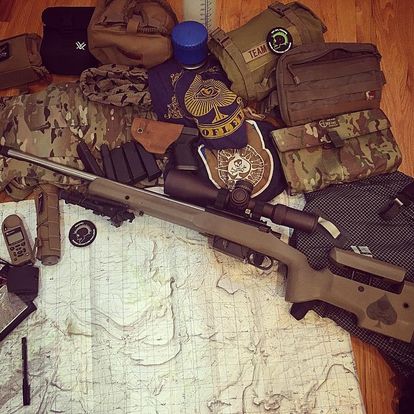
Training for field shooting competitions should be dynamic, realistic, and scenario driven. It’s essential to simulate the conditions of the competition as closely as possible. Regular practice, participation in mock stages, and seeking guidance from experienced competitors can further enhance these skills.


